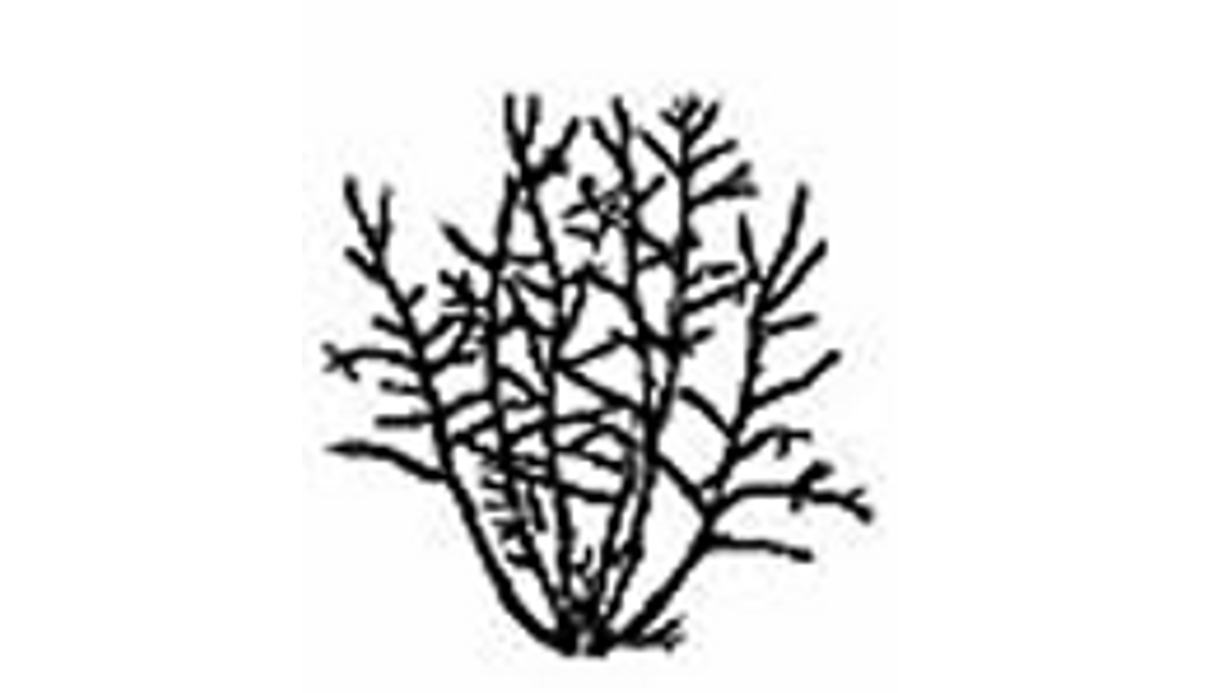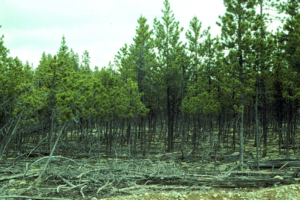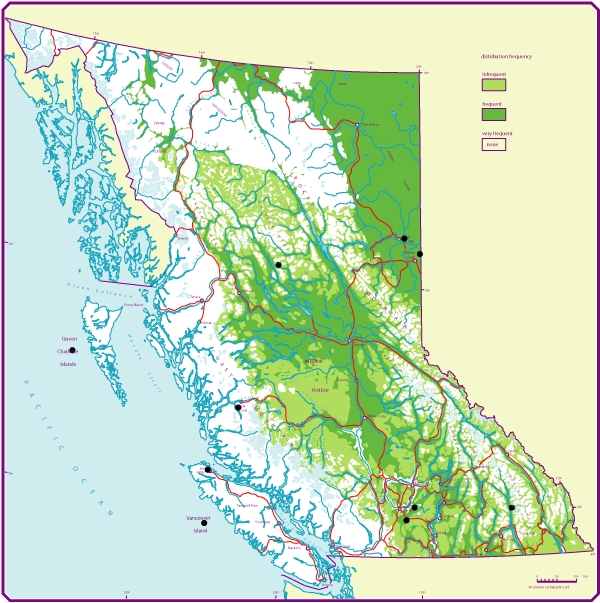Mountain alder
On this page
- Geographic range and ecological amplitudes
- Tolerances and damaging agents
- Silvical characteristics
- Genetics and notes
Geographic range and ecological amplitudes
Description
Mountain alder is a tall shrub to small-, rarely medium-sized (<15m), deciduous broad-leaved tree, at maturity with a clumped, crooked stem and smooth grey or reddish-grey bark with horizontal orange lenticels. Mountain alder is a much less aggressive species than the related European grey alder [Alnus incana (L.) Moench] with which it is joined by some taxonomists as ssp. tenuifolia (Nutt.) Breitung.
Geographic range
Geographic element:
Western North American/Pacific, Cordilleran, and marginally Central
Distribution in Western North America:
(north) in the Pacific region, north, central, and south in the Cordilleran region
Ecological amplitudes
Climatic amplitude:
subarctic - subalpine boreal - montane boreal - cool temperate
Orographic amplitude:
montane - subalpine
Occurrence in biogeoclimatic zones:
(lower SWB), (lower ESSF), (MS), BWBS, SBS, (SBPS), IDF, ICH
Edaphic amplitude

Range of soil moisture regimes:
(slightly dry) - fresh - moist - very moist - wet
Range of soil nutrient regimes:
(poor) - medium - rich - very rich; calciphytic, living in symbiosis with nitrogen-fixing Frankia spp.
The nutritional requirements of mountain alder are similar to those of red alder.
Tolerances and damaging agents
Root system characteristics
Mountain alder develops a fibrous root system with nodules that fix atmospheric nitrogen. The nodules are a symbiotic association between the tree and an actinomycete (Frankia spp.). Nodulation occurs soon after seed germination. Roots are associated with ecto- and endo-mycorrhizae.
| Tolerance to | Tolerance class | Comments |
|---|---|---|
| low light | M | generally an exposure-requiring species |
| frost | H | frequent in frost pockets |
| heat | L | infrequent on insolated sites |
| water deficit | L | infrequent on slightly dry sites |
| water surplus | H | tolerates wet sites, flooding, and sites with a strongly fluctuating water table |
| nutrient (mainly N) deficiency | H | absent in acid, very poor soils |
Associated tree species and successional role
Mountain alder grows scattered in marginally forested, riparian and wetland ecosystems and in some areas forms dense thickets. It may be present as a pioneer species (primary succession) on floodplains; and occurs often in early and intermediate stages of secondary succession on floodplains and upland sites. As a moderately shade-tolerant tree, mountain alder maintains its presence in open-canopy riparian stands and wetlands.
Genetics and notes
Notes
Unlike red alder, mountain alder is not a potential timber crop species; however, it is a useful component of wetland ecosystems, and its presence on upland sites results in increases in both nitrogen content and its availability in the soil, along with increases of organic matter and soil acidity, and decreases in bulk density.
Another two shrub alders occur frequently in interior British Columbia across a wide range of sites: Sitka alder [Alnus sinuata (Regel) Rydb.] and green alder [Alnus viridis (Chaix) DC. in Lamb and DC.]. They are calciphytic and grow in symbiosis with nitrogen-fixing bacteria. Because both are moderately shade-tolerant, they are very suitable as soil-ameliorating nurse species in the understory of coniferous stands, especially on nitrogen-poor sites, and on landslides.
Sitka alder hybridizes with green alder. This interspecific breeding would be intraspecific if Sitka alder is interpreted only as a subspecies of green alder, i.e., Alnus viridis (Chaix) DC. in Lam. and DC. ssp. sinuata (Regel) Love and Love. The North American and North Asian race of the circumpolar green alder was described as Alnus viridis (Chaix) DC. in Lam. and DC. subsp. fruticosa (Ruprecht) Nyman.

This is the general shape and outline of the mountain alder.

Mountain alder grows on moist, rich sites, usually at stream-edge or depressions with small water pools that typically support only marginal tree growth and feature a well-developed low shrub layer.

